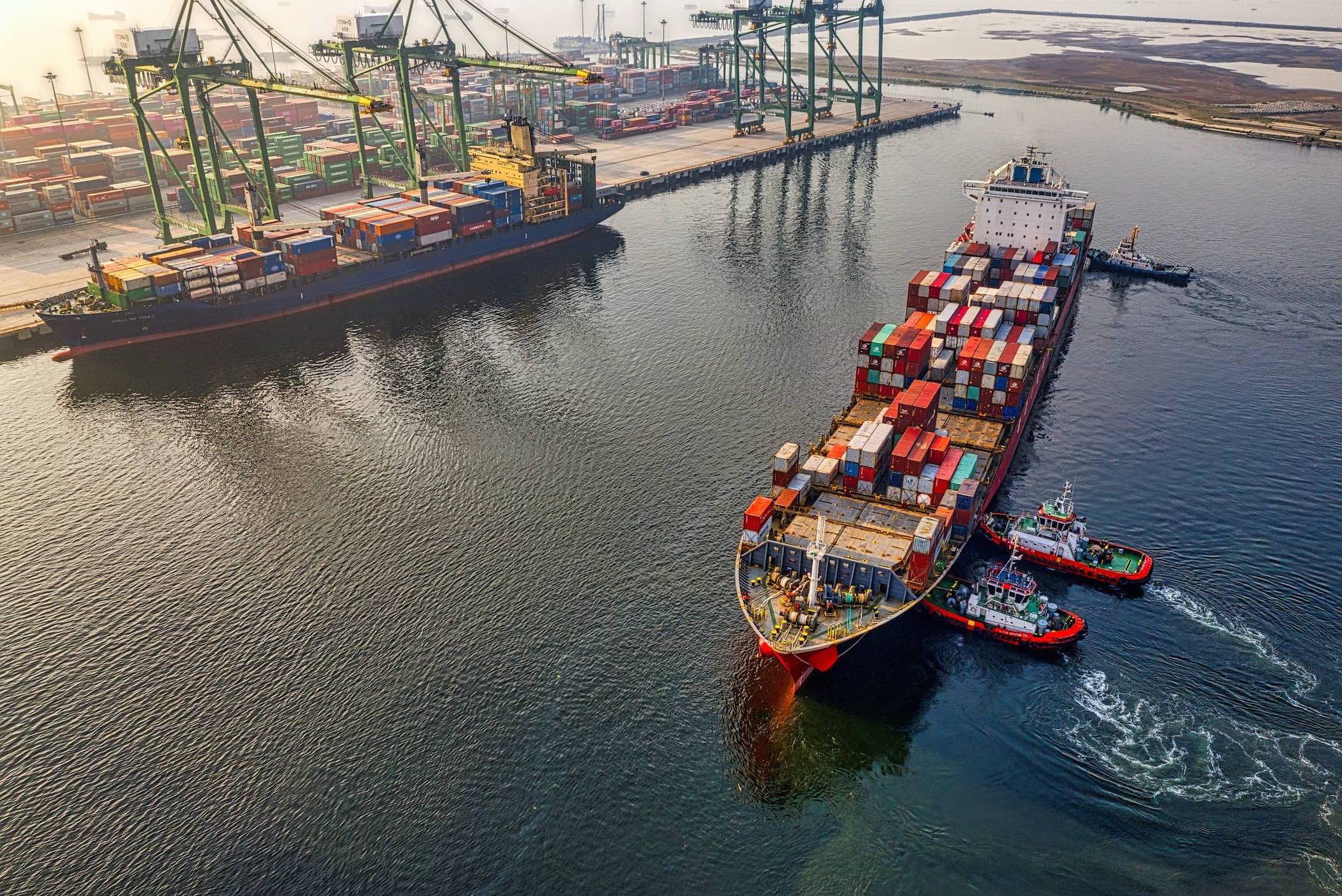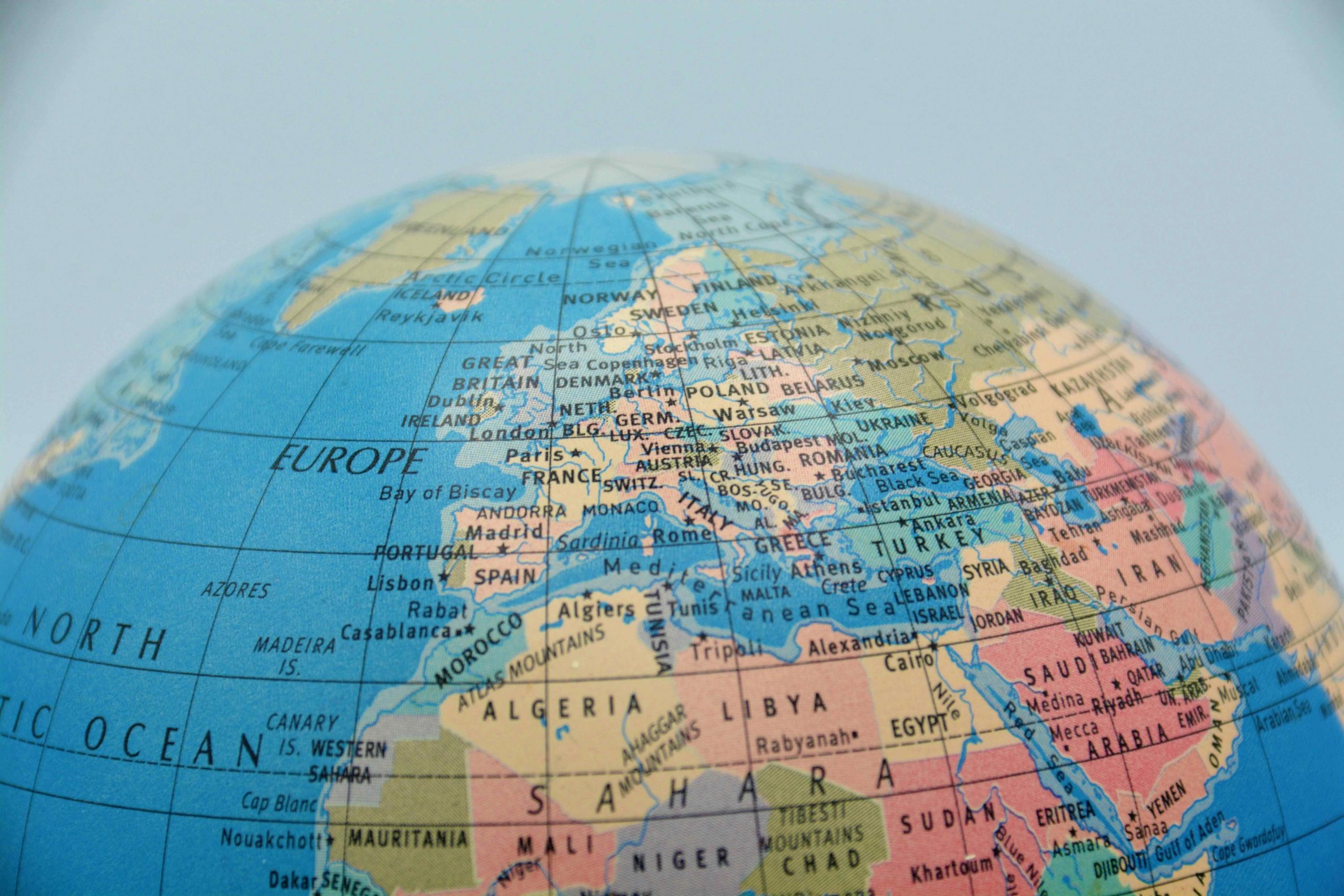A 100% resilient Europe by mid-century with more data and knowledge at the service of decision makers. The EU aims to lead the world by example and calls for more consideration of the transboundary effects of climate impacts and for a “smarter, more systemic and swifter” adaptation to the impacts of climate change.
Climate-neutral and fully adapted to climate change by 2050. This is the (not so distant) future outlined for Europe in their new adaptation strategy. With 30 years left to enact this process, it is no longer just an ambition: with “deals”, strategies, and laws, the EU policy context is moving rapidly to make change a reality just as civil society is demanding action and the private sector is stepping up its game.
On the policy side, the latest step forward is the new EU Strategy on Adaptation to Climate Change, adopted by the European Commission on February 24, 2021. It is part of the roadmap designed in the European Green Deal and complements the proposed European Climate Law, which will drive the EU to reach net-zero greenhouse gas emissions by 2050. The new Strategy builds on the previous one, adopted in 2013, and shows how the old continent will adapt to the unavoidable impacts of climate change and become climate resilient by mid-century.
Since the adoption of the previous Adaptation Strategy eight years ago, many things have changed. On the one hand, climate change impacts have worsened. Economic losses from climate-related extreme events already average over €12 billion per year and are expected to reach at least €170 billion in a global warming scenarios of 3°C above pre-industrial levels. On the other hand, there is more knowledge, awareness, and political will. We have more efficient and effective instruments, tools, and services to get prepared. All Member States now have a national Adaptation Strategy or Plan and the EU is recognised as a pioneer in “integrating considerations of climate risk into decision-making” by the Global Commission on Adaptation.
🆕 #EUAdaptationStrategy 🇪🇺🌿
Even if we cut all emissions today, #ClimateChange wouldn’t go away.
We need to adapt to the changes happening now & plan for the future to prevent & limit the damage it can cause.
This is our plan to get there👇🏽https://t.co/F9Dp0Whj5x#EUGreenDeal pic.twitter.com/no13eWzGK0— EU Climate Action (@EUClimateAction) February 24, 2021
The international dimension of adaptation
In 2018, an evaluation of implementation and performance of the 2013 EU Adaptation Strategy assessed its high relevance and significant progress towards its objectives, while highlighting further efforts needed in some areas – including the international dimension of adaptation to climate change impacts.
“A drought in Australia, or a series of events such as tropical cyclones in the US, have an impact on Europe through its connections,” explains Dr Jaroslav Mysiak, Director of the Risk Assessment and Adaptation Strategies research division at the CMCC Foundation, Euro-Mediterranean Center on Climate Change. “The first Adaptation Strategy underestimated the influence on the EU of events happening outside its territory, the potential implications of transboundary effects of climate impacts in third countries via migration, trade and financial flows.”
In contrast, the new and more ambitious Strategy emphasizes the importance of “stepping up international action“, commits to increase support for international climate resilience and preparedness and to “promote sub-national, national and regional approaches to adaptation, with a specific focus on adaptation in Africa and Small Island Developing States”.
 “The new Strategy gives new impetus to our climate diplomacy,” affirms Ms Clara De La Torre, Deputy Director-General of the DG CLIMA, European Commission, at the virtual event accompanying the adoption of the new EU Climate Adaptation Strategy. During the event – held on on February 25-26, 2021 by the CMCC Foundation on behalf of the European Commission, DG CLIMA – members of adaptation and disaster risk reduction communities discussed how to reach the goals set by the Strategy and accelerate adaptation actions.
“The new Strategy gives new impetus to our climate diplomacy,” affirms Ms Clara De La Torre, Deputy Director-General of the DG CLIMA, European Commission, at the virtual event accompanying the adoption of the new EU Climate Adaptation Strategy. During the event – held on on February 25-26, 2021 by the CMCC Foundation on behalf of the European Commission, DG CLIMA – members of adaptation and disaster risk reduction communities discussed how to reach the goals set by the Strategy and accelerate adaptation actions.
“The EU is leading by example on how to be climate neutral. But the Paris Agreement also establishes goals for adaptation, and the EU also wants to lead by example in this sphere. Climate impacts outside our borders will increasingly affect Europe as well. In our ‘climate diplomacy’, adaptation has an identity by itself. And this is a very important aspect that will be addressed in the COP next autumn,” she continues.
So much knowledge is out there but is not available when those making the decisions need it
Connie Hedegaard, Chair of the Mission Board on Climate Adaptation and Societal Transformation.
The sensitivity of Europe to climate impacts occurring outside its territory is being studied in the context of two ongoing research projects funded by the EC under the Horizon 2020 Programme, and conducted by international networks of institutions, including the CMCC.
The RECIPT project (REmote Climate Effects and their Impact on European sustainability, Policy and Trade) looks into climate risks outside Europe and their potential consequences for key European socio-economic sectors, such as agriculture, finance, international development, manufacturing chains, coastal infrastructures. CASCADES (CAScading Climate risks: towards ADaptive and resilient European Societies) considers the risks of cross-border and cascading climate change impacts and identifies possible efforts that can help the EU adapt and respond to such risks.
Climate change is at risk of affecting Tunisia’s olive sector, which in turn may impact the supply of olive oil in Europe. Read more about the risks of cross-border and cascading #climateimpacts and what strategies are needed to mitigate such risks. https://t.co/DYuaM51hdc pic.twitter.com/iit4JA4GrH
— Cascades (@Cascades_EU) February 23, 2021
“Research can support decision-making by helping in the understanding of the dynamics of such interdependencies,” explains Mysiak. “By mapping impact and response transmission pathways as we do in these projects, through our work we can reveal opportunities for global cooperation and adaptation and highlight the importance of policy coherence across borders.”
Smarter, more systemic, swifter.
Over the past decades, research has significantly improved the understanding of climate change-related risks, impacts and vulnerabilities. The knowledge produced by science must necessarily reach society and translate into tailored products and services that can help the policy sphere in their decisions. “We want to make this adaptation process smarter, which means that we need to have more data collection and more data sharing,” affirms Della Torre. “We need data to have more precise modelling on future hazards […] and to better understand what the links between the devastating effects of climate change on health are.”
To this aim, the European Commission and the European Environment Agency – together with other key players in the field – launched the European Climate and Health Observatory on March 4, 2021, as part of the portal Climate-ADAPT. “Serving as an open resource hub for policy, evidence and resources related to climate change and health, the Observatory is a first concrete action taken under the new Strategy in pursuit of smarter adaptation, and an important step in enhancing and expanding Climate-ADAPT as a source of adaptation knowledge,” say Dr Valentina Giannini and Dr Katie Johnson, CMCC scientists and ETC/CCA Task managers for the Observatory. Bringing over their experience in managing the platform Climate-ADAPT, they coordinate a small pool of experts working for the Observatory.
Today we are launching the European Climate & Health Observatory together with @EUEnvironment
It will provide the knowledge & tools needed to tackle health challenges related to #ClimateChange
Register & follow live 🔴 at 2 pm CET 👇🏽https://t.co/dq0fFRxSD7#EUAdaptationStrategy pic.twitter.com/guQBN6ZGmY— EU Climate Action (@EUClimateAction) March 4, 2021
The second aim of the Strategy is to make adaptation more systemic, addressing all levels and sectors of the EU policies.
“We are targeting what happens at the local level. We are aiming to give tailored advice, especially for the most vulnerable communities. We want to promote more Nature-Based Solutions. Also, a systemic approach means looking at how we approach fiscal policy,” says Della Torre. “The third characteristic of this Strategy is to make sure that adaptation takes place faster: we need to bridge the gap between planning and implementation. Therefore, one of the things that we need is to reinforce the financing. And here, research and innovation play an important role. Because if we need to adapt faster, we need to deploy faster innovative solutions – whether technological or other – to make sure that we build a more resilient Europe.”
Mission: Adaptation
Closely linked to a faster implementation of the Strategy, and cited in the document, is the Horizon Europe Mission on “Adaptation to Climate Change, including Societal Transformation”, one of the five major missions that will be part of the next EU research and innovation programme (2021-2027).
Mission Adaptation complements the Adaptation Strategy and provides specific answers on how to accelerate the transformation towards a resilient EU. The Mission Board, chaired by Connie Hedegaard, Former European Commissioner for Climate Action, published a scoping document last September and is now working on a specific and detailed implementation plan which will be ready by the end of May.
“We still have a lot to do on how we use and maximise the knowledge that we have and bring it into play. So much knowledge is out there but is not available when those making the decisions need it,” affirms Ms Hedegaard at the event accompanying the adoption of the new Strategy. “I am happy to see that in the Strategy there is recognition of the need to develop effective and inclusive governance that ensures dialogue between policymakers and scientists. This has to be a focal point and is one of the things that we are trying to address.”
The protection gap
The Strategy reads that only 35% on average of climate-related economic losses are currently insured, and as low as 5% or less in some parts of Europe. Based on this, it highlights the need to bridge the climate protection gap, namely the share of non-insured economic losses caused by climate-related disasters, in order to allow for faster adaptation. And again, science comes to the service of society.
“At the CMCC, we are also working on this front” adds Mysiak, who is a member of the previously cited Mission Board on Climate Adaptation and Societal Transformation. “In a recent study, in which we collaborated with EIOPA, the European Insurance and Occupational Pensions Authority, we shed light on the future implications of climate change for the European insurance sector by considering different scenarios and time horizons. The CMCC provided data on climate projections and Risk Management Solutions and a leading risk management company for catastrophe risk models, updated their damage models accordingly.”
 Other CMCC work ongoing in the field of insurances includes the collaboration with the International Foundation Big Data, Artificial Intelligence for Human Development (iFAB) and Leithà for the development of the European Extreme Events Climate Index, an innovative operational service for weather-induced hazard assessment and management. The index provides information about the areas affected by different types of weather-induced hazards and the severity of such events, which can help in the assessment and mitigation of financial consequences of risks.
Other CMCC work ongoing in the field of insurances includes the collaboration with the International Foundation Big Data, Artificial Intelligence for Human Development (iFAB) and Leithà for the development of the European Extreme Events Climate Index, an innovative operational service for weather-induced hazard assessment and management. The index provides information about the areas affected by different types of weather-induced hazards and the severity of such events, which can help in the assessment and mitigation of financial consequences of risks.
“We are engaged in and support every dimension of the new adaptation Strategy,” concludes Mysiak. “By offering climate services, by providing global forecasting services and, at the local level, by offering services for local decision-makers and planners, we contribute to ensuring that knowledge produced by scientific research feeds decision making. “
Videos
The virtual event accompanying the adoption of the new EU Climate Adaptation Strategy was organized by the CMCC Foundation – Euro-Mediterranean Centre on Climate Change on behalf of the European Commission, DG CLIMA, on February 25 and 26, 2021. Watch the recordings of the two High-Levels Policy Panels and of the six Community Workshops: the complete playlist is available on the CMCC Youtube Channel.






